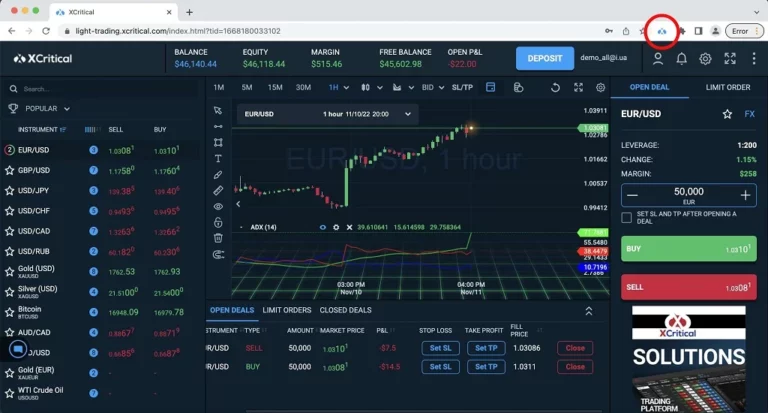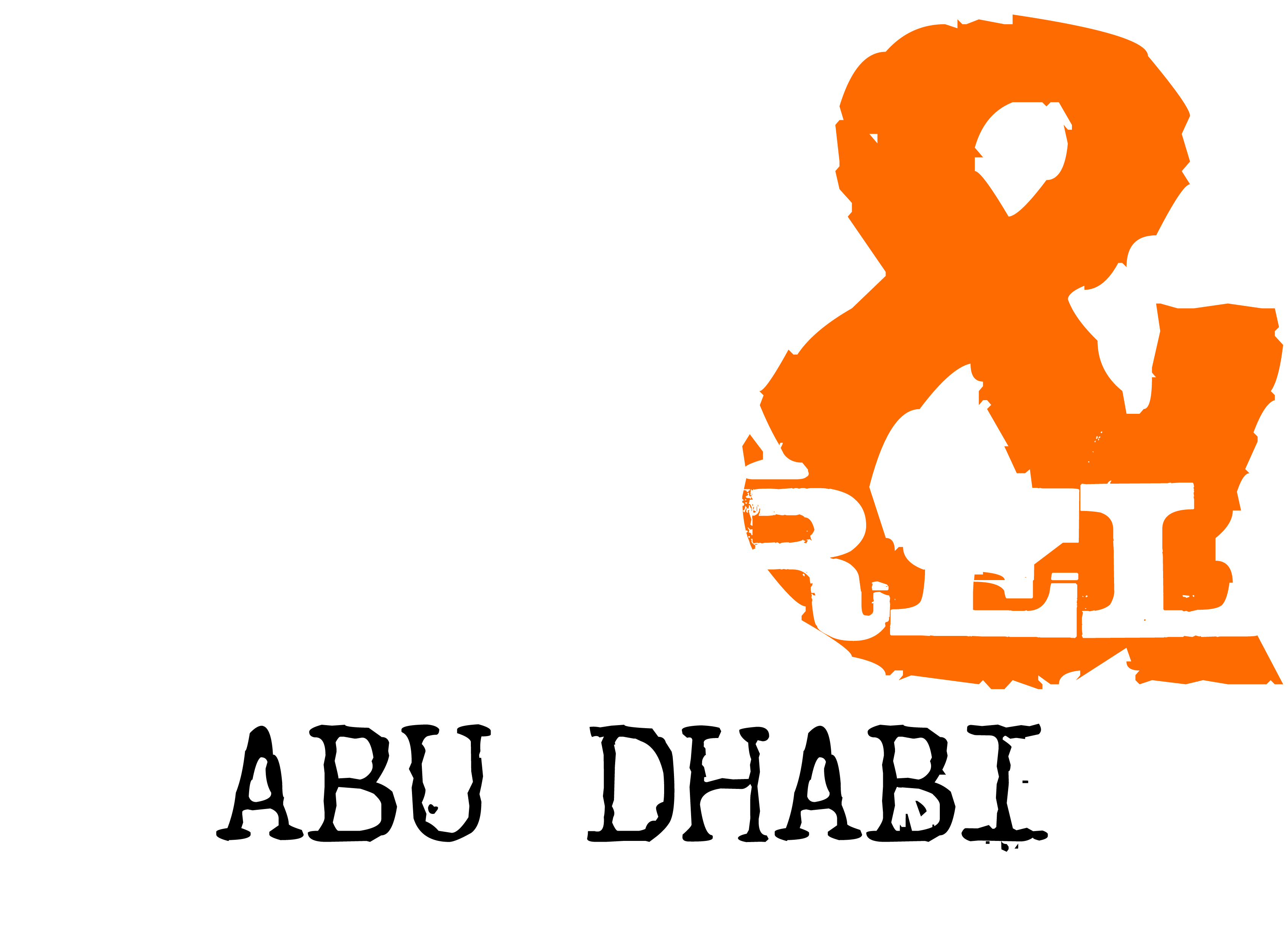In a blockchain, tons of or 1000’s of individuals can authenticate and confirm transactions in real-time. The standing of the register could change to be truthful in real-time, and a mechanism will be used to ensure that all members reach a consensus on the standing of this register. If you’re new to crypto it’s most probably that you’d have already come across the words like consensus mechanism, proof-of-work, and proof-of-stake. Well, they are Ethereum Proof of Stake Model the algorithms according to which the blockchain system operates.
Proof Of Work Vs Proof Of Stake: Mechanism
At the time of writing, Ethereum has a minimum stake of 32 ETH and Solana zero.01 SOL. They normally have detailed guides on the minimal specs required to turn into a validator on their blockchain. After assembling the required node, you might be prepared to start out incomes from Proof of Stake. The first step to earning from proof of stake is buying tokens to stake. This could be any software wallet from providers like Metamask or some crypto exchange.
What Is The Difference Between Pow And Pos In Crypto?
They verify actions, examine transactions, keep records and vote on outcomes. Different Proof-of-Stake mechanisms use their distinctive methods for validating blocks. In future, Ethereum will transition to the Proof-of-Stake mechanism.
Proof Of Stake Vs Proof Of Labor In Cryptocurrency
The basic downside with proof-of-stake is that a large upfront expenditure is regularly essential. To turn out to be a validator, which is dependent upon the dimensions of the network, you have to purchase a sufficient amount of the cryptocurrency’s native token. Theoretically, to be able to buy a community stake, a person should be affluent or have a sufficient revenue, making a blockchain that’s solely used by the rich. This problem may worsen when the value of cryptocurrency increases. A further diploma of safety is added by requiring miners to place up a stake, which reduces their propensity to steal foreign money or have interaction in different fraud.
How Does The Proof-of-stake Algorithm Work?

The first miner to unravel the puzzle provides a brand new block, and this course of repeats, creating a decentralized and trustless community. This all contributed to taming the complexity of proof-of-stake to the point that the risk of unintended penalties or shopper bugs was very low. However, as proof-of-work cryptocurrencies have become more in style, the difficulty of solving these puzzles has skyrocketed, as has the required computing energy. The two-fold safety system of the initial price of equipment and the continued power prices makes attacking the community less practical. Proof-of-stake systems solely have preliminary upfront costs to participate, leaving them extra open to attack.

When you opt for an trade platform, your investments are staked by that platform, which leads to a huge staking quantity. Staking your crypto belongings on a blockchain additionally will increase its stability and security. It prevents the possibilities of a 51% assault and disruption of the whole network course of.
- In the former mechanism, miners compete to solve mathematical problems to mine the blocks.
- The aim is to create a system by which a person’s computing energy is proportional to their affect on the community.
- PoW techniques require costly ASIC machines to contribute to the consensus course of.
- Just addContent your kind sixteen, claim your deductions and get your acknowledgment number online.
Why Is Proof-of-work Safer Than Proof-of-stake?

But one other concern is the absence of a central physique in management of auditing transactions. After that, no less than 128 validators should attest to the validity of that transaction. At least 2/3 of the validators must agree on the validity of that transaction.

The computational power required to resolve the puzzle will increase as more nodes be a part of the network, making it tough for any single node to regulate the community. Proof of Stake (PoS) is a consensus algorithm used in blockchain networks to validate transactions and create new blocks. Proof-of-stake (PoS) is an alternative consensus mechanism that delegates management over the network to token homeowners.
There are no biases in the course of; whoever solves the mathematical equation first turns into the winner and gets rewarded. While in proof of stake, validators with the highest tokens put as stake have a higher chance of getting selected and profitable rewards. Also, in comparison with PoW, PoS has lower obstacles to entry with fewer bills and sources required. This allows anyone to enter at any time, making the system vulnerable to fraudulent activities. To counter this concern, subsequent cryptocurrencies began utilizing the Proof of Stake consensus mechanism. Proof of stake picks validators based mostly on their cryptocurrency holdings, which creates interest and compensates validators/nodes.
Every time a transaction is shipped, it takes about 10 minutes for the community to confirm it. Furthermore, the Bitcoin blockchain can solely deal with about 7 transactions per second. The staker who gets to supply the model new block—a process called minting or forging, as opposed to mining—is chosen at random.
Proof of work, however, creates consensus by compelling users to expend computing resources (and energy) to create a new legitimate block. Despite being an environment friendly course of, PoW has a lot of drawbacks, the most important one is the truth that it uses lots of vitality within the means of validation. This was the most important argument of EU legislators when they favoured the invoice banning PoW cryptocurrencies.
Cryptocurrency is decentralized, and to make transactions transparent, they need to first be computer-verified. Proof of work and proof of stake both help customers in conducting secure transactions by making it hard and expensive for fraudsters to succeed. They want members to show that they provided the blockchain with resources like electricity, processing power, or cash. Compared to the validation competitors of the Proof-of-Work mechanism, Proof-of-Stake is a validation-sharing process. In the former mechanism, miners compete to solve mathematical issues to mine the blocks.
Read more about https://www.xcritical.in/ here.

Recent Comments